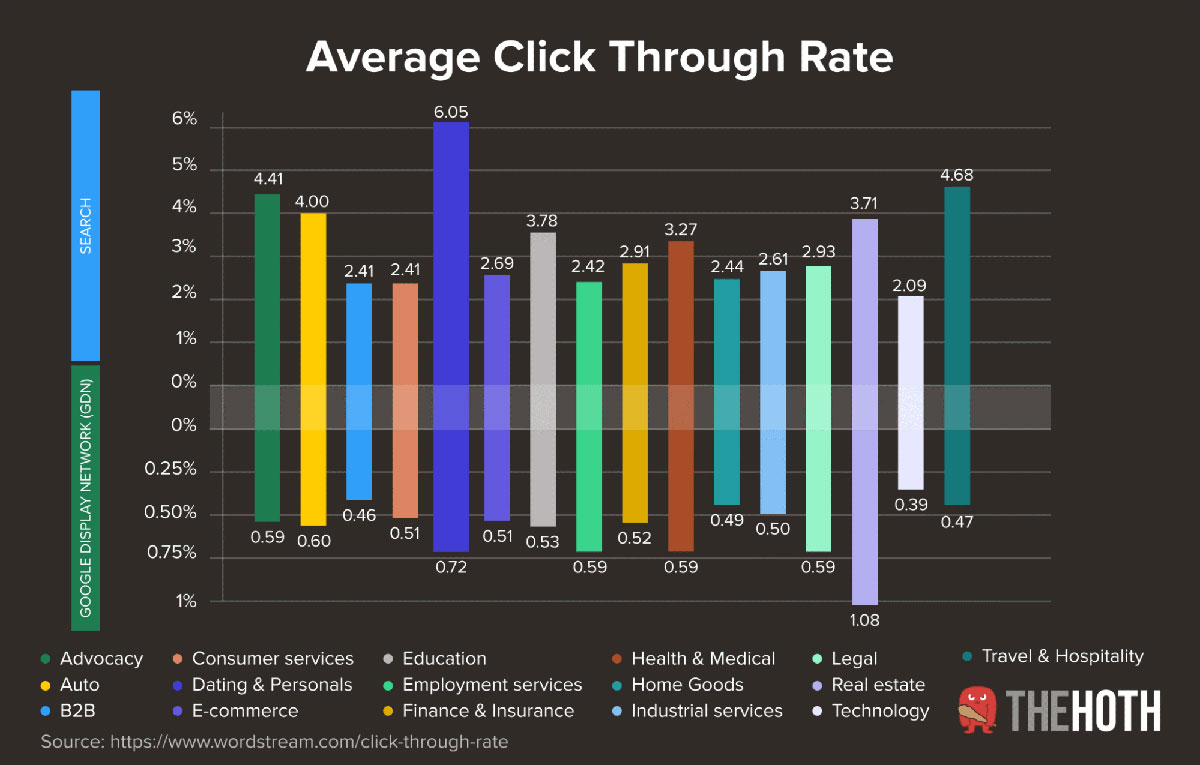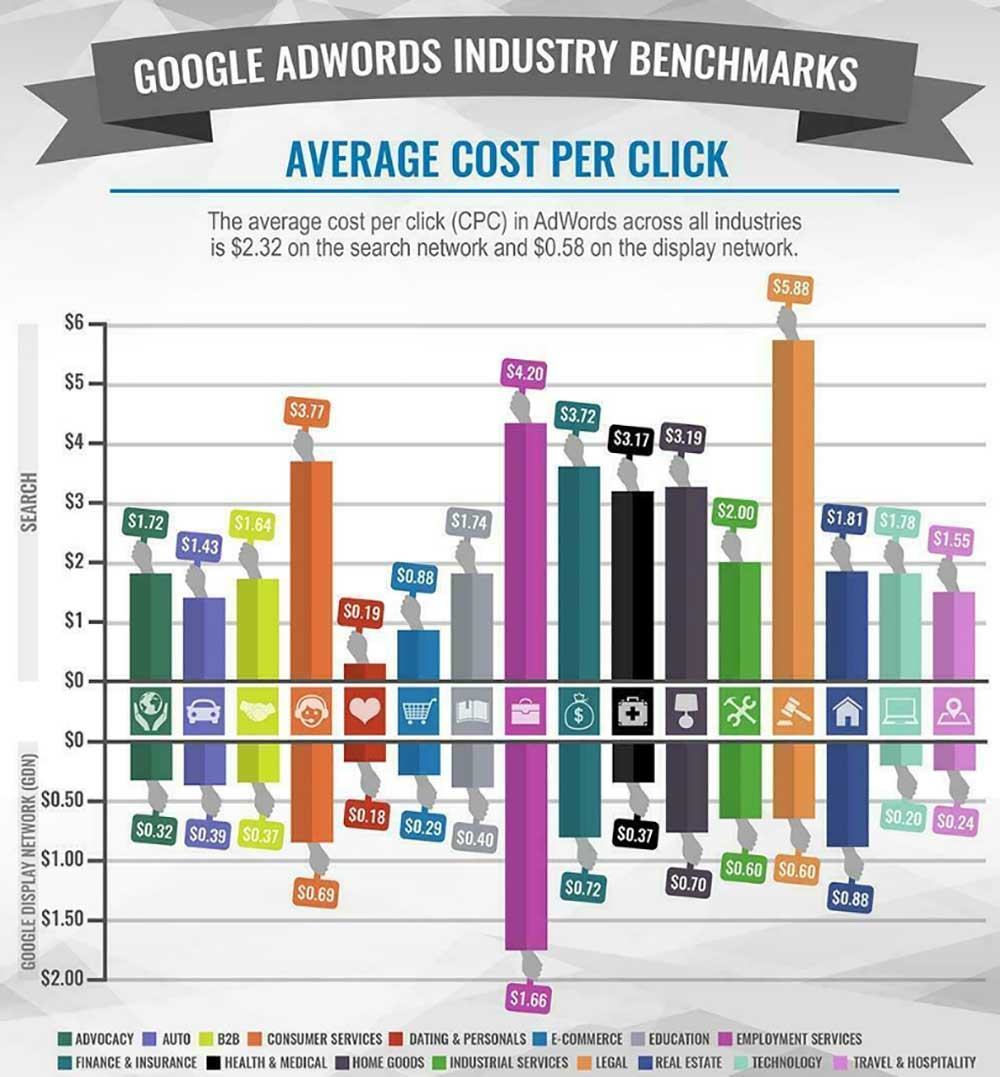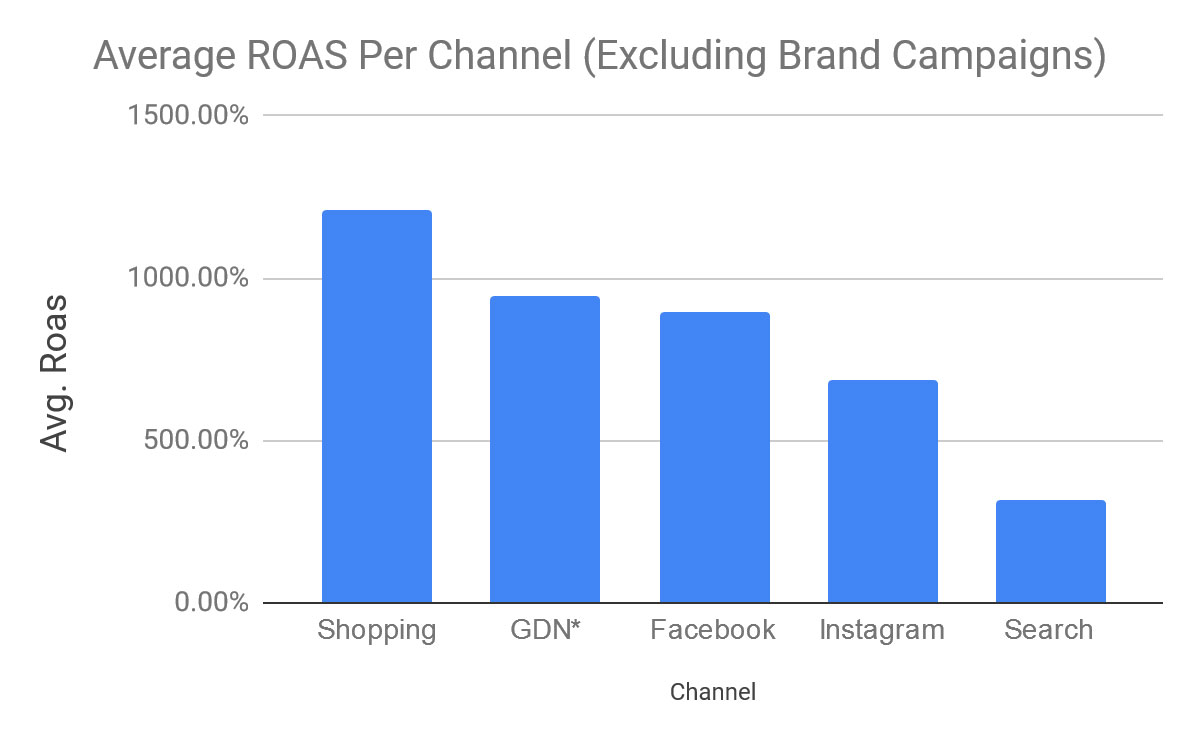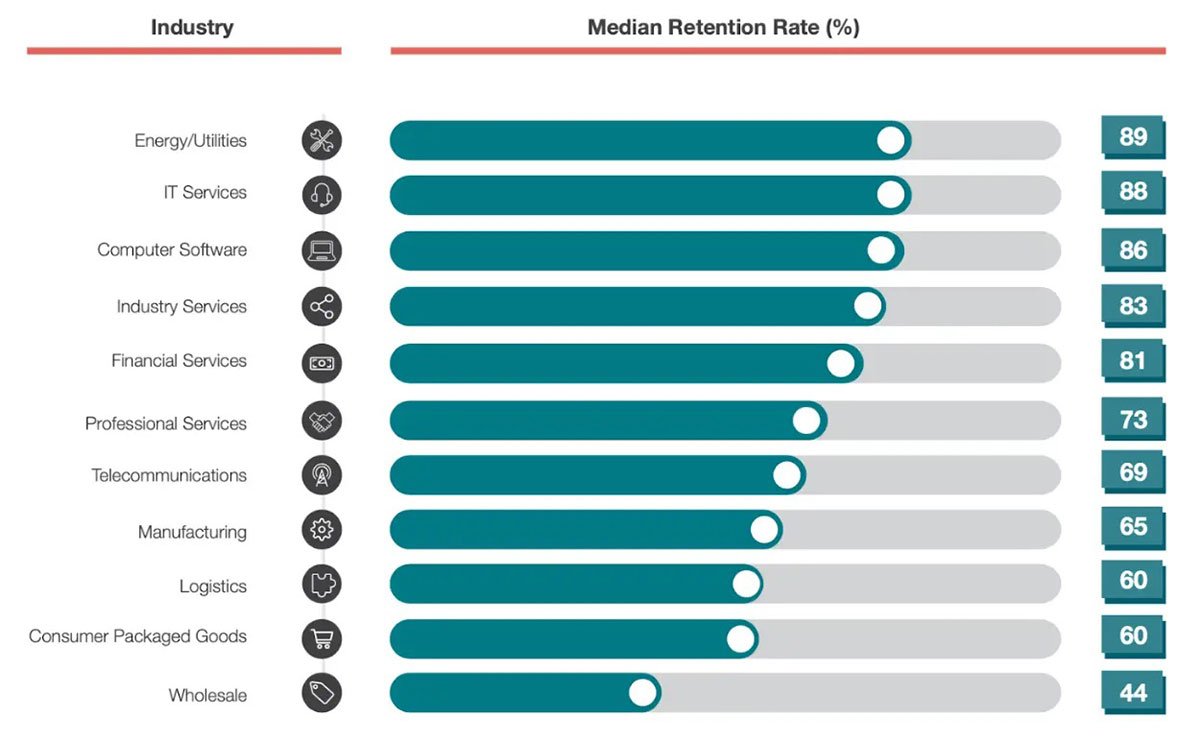10 Digital Marketing ROI Metrics You Must Know
Originally published: November 27, 2022 11:08:02 AM, updated: April 27, 2023 09:36:00 PM

Digital marketing is a challenging multi-layered task. Between your SEO strategies, pay-per-click (PPC) campaigns, social media, content, email marketing, and SaaS ROI metrics, how do you know which approach brings profit to your business and what creates holes in your budget?
The solution lies in keeping track of your digital marketing ROI metrics. Measuring your marketing efforts will not only help you learn what strategies work, but it will also help you plan your budget and your goals more efficiently.
In collaboration with our friends from a Chicago digital marketing firm, we have created a list of the 10 most important ROI metrics you should know. We will also provide you with information on how to calculate them properly.
- Conversion rates (CR)
- Click-through rate (CTR)
- Cost per click (CPC)
- Cost per acquisition (CPA)
- Return on ad spend (ROAS)
- Average order value (AOV)
- Customer lifetime value (CLTV)
- Customer retention rate (CRR)
- Landing page performances
- Unique monthly visitors
Let's examine these metrics in more detail!
1. Conversion rates (CR)
The conversion rate is one of the best ways to measure the overall performance of your ad campaigns.
In simple terms, CR indicates the number of your website's visitors who completed the desired action, such as making a purchase, submitting a form, or signing up for a subscription.
The formula for calculating your CR is relatively simple:
Conversion rate = conversions / total visitors x 100%
For example, if you had 100 conversions from 1000 visitors in the last month, your CR will be 10% - 100/1000=0.1x100%=10%.
It looks easy, but in reality, you will rarely deal with such round numbers. Luckily, there are some CR calculators available for free that can help you determine your rates with just a few clicks.
The average conversion rate across all industries is 2.35%, but the companies that are in the top 10% are seeing 3-5 times higher conversion rates than the average.
If you want to run a highly competitive business, you need to reach a CR of 10% or more.
2. Click-through rate (CTR)
A click-through rate is essential for measuring the success of your pay-per-click campaign. It indicates the number of clicks on your ads per the number of impressions.
Simply put, a CTR shows the percentage of people who view your ad (impressions) and click on it. The formula for calculating CTR looks like this:
Click-through rate = total clicks on ad / total impressions
What is a good CTR? Well, the average CTR for Google search PPC campaigns is 3.17%, but industries vary considerably around this data point, as shown in the graphic:

Since there is such a big difference in average rates across various industries, it is hard to determine the exact number that makes a good CTR. Nevertheless, a good rule of thumb is to keep your CTR above your industry's average score.
3. Cost per click (CPC)
The cost per click represents the price you pay for every click in your PPC campaign. This price is influenced by your closest competitor's ad rank, maximum bid, and Quality Score.
Here is the formula for calculating your CPC for PPC:
CPC = Ad Rank of the ad below yours / your Quality Score + $0.01
With this formula, you will determine how much you will pay each time someone clicks on your ad, while the average CPC is calculated differently:
Average CPC = Total CPC / Total Clicks
Calculating your average CPC will help you get a better perspective on your PPC campaign performance, compare the success of your ads against your competitors, and recognize which ads deliver the best ROI.
What is considered a good CPC depends on the industry you are in. This table will help you find your place.

4. Cost per acquisition (CPA)
Cost per acquisition is a metric that indicates the total cost of a customer completing the desired action. Simply put, it shows how much it costs to get a single customer from the first touch point to the end of your sales funnel.
The CPA formula looks like this:
CPA = Total Ads spend / Conversions
A good CPA depends on many factors, such as industry, type of products, pricing, etc. Ultimately it comes down to this – the lower the cost, the more effective your ad campaign is.
5. Return on Ad Spend (ROAS)
Generally speaking, Return on Ad Spend is a metric that shows the efficiency of a digital advertising campaign. More specifically, it indicates the amount of revenue your business attains for each dollar spent on advertising.
The formula for calculating ROAS is fairly simple:
ROAS = Conversion value / Cost
Conversion value refers to the amount of revenue your business earns from a single conversion. For example, if your ad spend is $40 for a $200 unit, your ROAS will be five. This means that you will earn $5 for every dollar spent on advertising.
The average ROAS is a 2.87:1 ratio - $2.87 in revenue for every $1 spent on ads. However, a good ROAS is hard to determine, as each industry has its own average ratio.

6. Average order value (AOV)
The average order value metric tracks the average amount spent every time a customer places an order.
The formula for calculating AOV looks like this:
AOV = Revenue / Number of Orders
Let's say your web store's sales were $20.000 in one month for a total of 500 orders. By applying the formula above, we can calculate that your AOV was $40 in the given month.
Keeping track of your AOV metric will help you gain a more in-depth perspective of your customers' behavior and adjust your marketing and pricing strategies if necessary.
7. Customer lifetime value (CLTV)
The customer lifetime value metric helps you understand your customers better. It is basically a forecast of the value your relationship with a customer can provide to your business.
The customer lifetime value equation looks like this:
CLTV = Average Purchase Value x Average Purchase Frequency x Average Customer Lifespan
The average purchase value (APV) has its own formula:
APV = Total Revenue / Total Number of Purchases
While average purchase frequency (APF) is calculated in the following way:
APV = Number of Purchases / Number of Unique Customers
Lastly, you can calculate the average customer lifespan (ACL) with the following equation:
ACL = the Sum of Customer Lifespans / Number of Customers
Calculating your customer's lifetime value can be challenging and time-consuming, but you can always make it easier by using one of the online CLTV calculators.
8. Customer retention rate (CRR)
The customer retention rate metric shows the number of customers a business retains over a given period of time. It is displayed as a percentage of your existing customers who remain loyal over a given timeframe.

The formula for calculating CRRR looks a bit complicated, but don't worry; we will break it down for you:
CRR = [(E – N) / S] x 100
- E represents the number of customers at the end of the given time period.
- N stands for new customers gained within the given timeframe.
- S symbolizes the number of customers at the beginning of the given time period.
By multiplying your result by 100, you will get the final CRR percentage.
If you have trouble calculating your CRR, you can use one of the free online calculators to do it for you,
9. Landing page performances
Measuring your landing page performance involves looking at the following metrics:
- Page views – how many people viewed your page in total.
- Bounce rate – how many visitors leave your page without completing the desired action.
- Average time on page – how long do visitors stay engaged on your landing page on average.
- Traffic source – where your visitors are coming from – search queries, social media, etc.
- Conversion rate – how many people completed the desired action on your landing page.
Landing page performance metrics will help you evaluate which channels bring the most valuable leads, see what type of content attracts more views, and recognize how good or bad your bounce rates are.
10. Unique monthly visitors
The unique monthly visitors metric shows how many people visited your website in one month. For instance, if you have one visitor that accessed your website more than one time in the same month, it will still count as 1 unique visitor.
This metric will reveal whether your digital marketing strategy for generating website traffic works and is usually performed with Google Analytics tools.
Conclusion
Keeping track of your digital marketing ROI metrics can be a confusing, difficult, and time-consuming task, but it is an essential one for monitoring and planning your expenses and understanding what strategies drive value to your business and what don't.
If you ever feel stuck in measuring your ROI metrics, you can always use one of the online calculators or tools to ease this task.
We hope our article provides you with everything you need to know about the key digital marketing ROI metrics, their importance, and how to calculate them correctly.
Join over 130,000 SEO and Google Ads experts. We provide a community to help you engage and learn from industry experts and influencers. Join Now
What if your entire business could run itself — and your work hours got shorter?